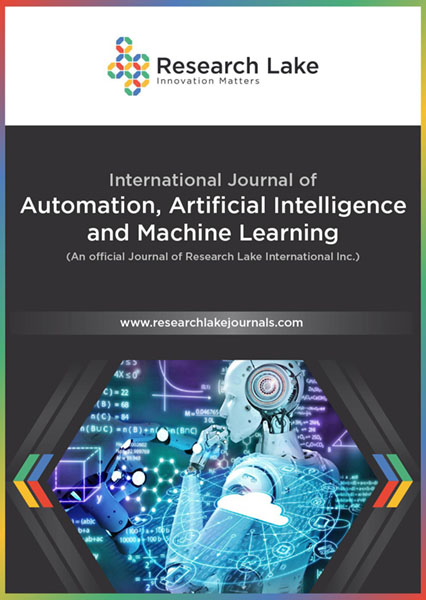Empowering Women in Mathematics: Pioneering a Rigorous and Inclusive STEM Paradigm for Vikasit Bharat 2047
Abstract
As India marches towards its centenary of independence in 2047, the nation’s progress is closely tied to its advancements in science, technology, engineering, and mathematics (STEM). However, the journey towards an equitable STEM landscape, where women are equal stakeholders, remains a critical challenge. The underrepresentation of women in mathematics, a foundational discipline within STEM, poses significant hurdles to achieving national and global goals of scientific innovation and technological leadership. This paper explores the critical role of empowering women in mathematics, both as a standalone discipline and as an essential pillar of the broader STEM ecosystem, and its potential to shape a new paradigm for India’s future.
The history of mathematics is rich with contributions from women, yet their stories have often been marginalized. From Hypatia of Alexandria to India’s own Shakuntala Devi and contemporary mathematicians like Neena Gupta, women have consistently broken barriers to leave an indelible mark on mathematical thought. Despite these successes, systemic challenges such as gender bias, societal expectations, and lack of mentorship continue to hinder women’s full participation in the field. This paper examines these barriers in the Indian context and explores how they can be dismantled through targeted interventions at the educational, institutional, and policy levels.
India’s recent strides in promoting girls’ education and STEM participation through initiatives like "Beti Bachao, Beti Padhao" and STEM education programs have created a favorable environment. However, the representation of women in higher-level mathematics education, research, and academic leadership roles remains disproportionately low. The paper highlights the importance of nurturing young girls’ interest in mathematics from school to university, and the role that academic institutions must play in creating inclusive environments where women can thrive. Practical strategies for encouraging this interest include the establishment of women-led mathematics clubs, mentorship programs, and scholarship initiatives aimed at fostering early engagement with mathematics.
As we look towards 2047, the integration of women into the fabric of mathematical research and STEM professions is essential for national growth. Mathematics is increasingly at the core of cutting-edge STEM fields like artificial intelligence (AI), machine learning, and quantum computing. Women’s participation in these fields can have far-reaching effects, not only in advancing technology but also in addressing societal challenges like healthcare optimization, environmental modeling, and resource management. By fostering a culture that supports women’s contributions to mathematics, India can enhance its global standing in STEM innovation and leadership.
This paper also presents a case study of the author’s research on mathematical modeling, showcasing how interdisciplinary approaches rooted in mathematical principles can drive societal progress. The author’s work exemplifies the potential of mathematics to not only solve complex technical problems but also to influence cultural and historical understanding, as seen in projects like Vedic Geometry and the mathematical underpinnings of ancient temple architecture.
In conclusion, empowering women in mathematics is not just an issue of gender equity but a national imperative. As India envisions a new Bharat by 2047, women mathematicians and STEM professionals must be at the forefront of this transformation. By breaking down barriers and creating pathways for women to excel in mathematics, India can build a more innovative, inclusive, and prosperous future. This paper calls for a collective effort from educational institutions, policymakers, and industries to invest in women’s STEM education and career development, ensuring that their contributions shape the future of a technologically advanced and equitable India.
Copyright (c) 2024 Santoshi Shukla, Sirisha David

This work is licensed under a Creative Commons Attribution-NonCommercial 4.0 International License.
Copyright © by the authors; licensee Research Lake International Inc., Canada. This article is an open access article distributed under the terms and conditions of the Creative Commons Attribution Non-Commercial License (CC BY-NC) (http://creative-commons.org/licenses/by-nc/4.0/).










